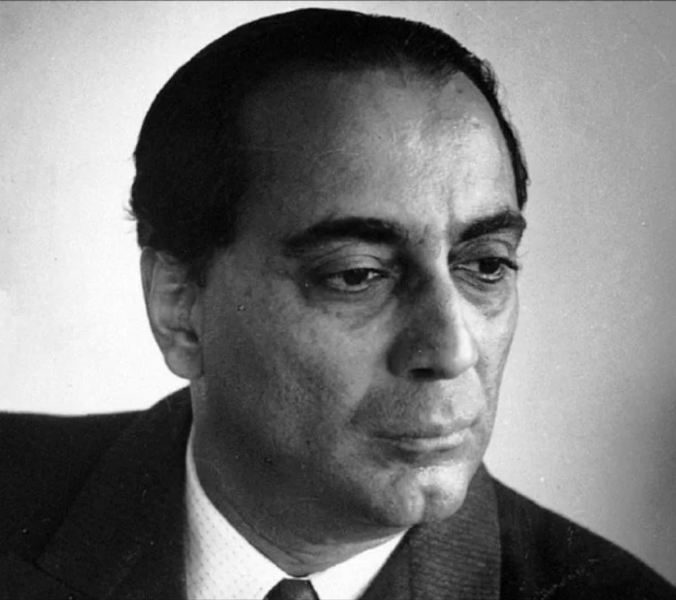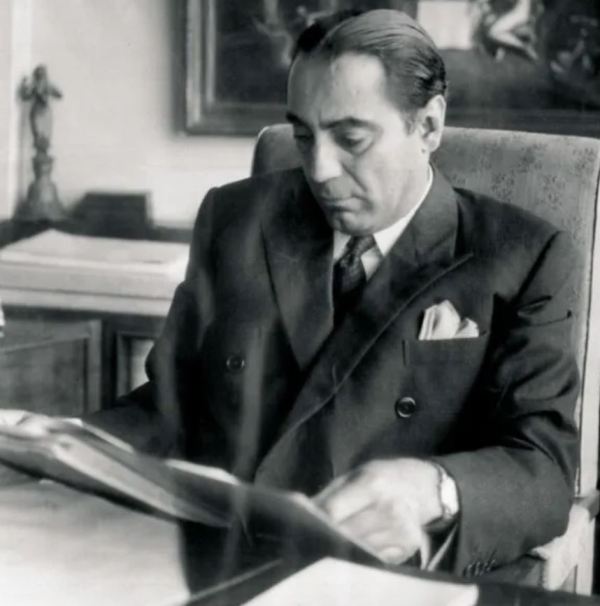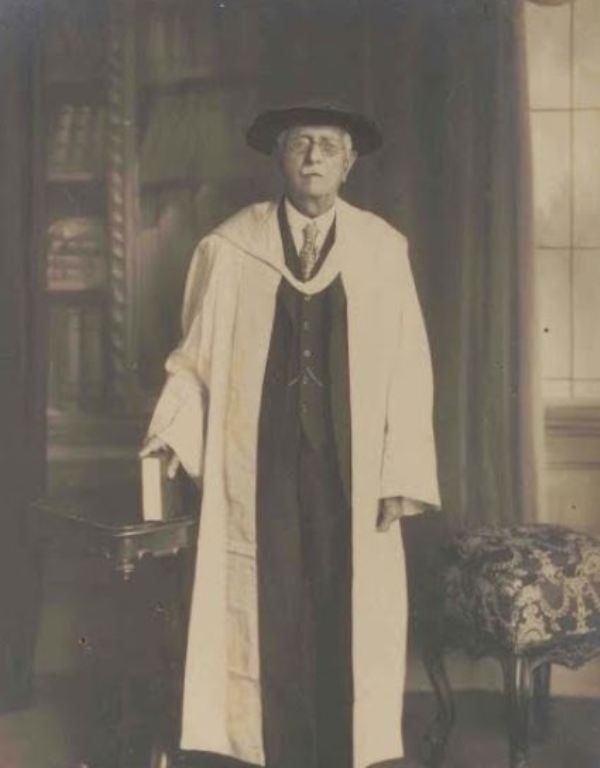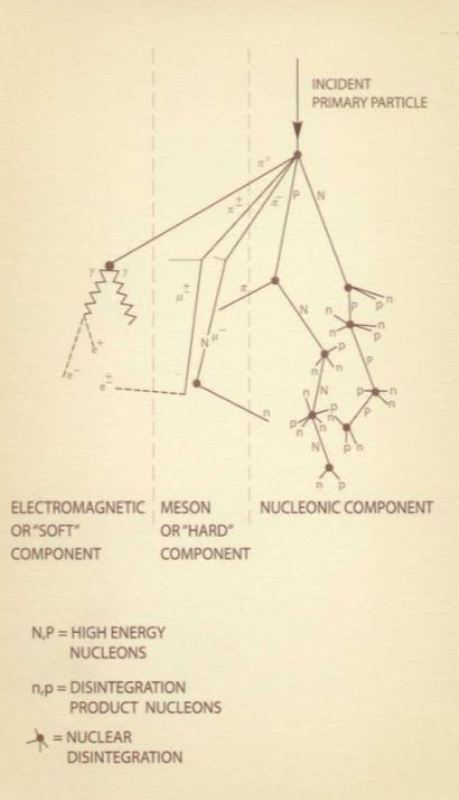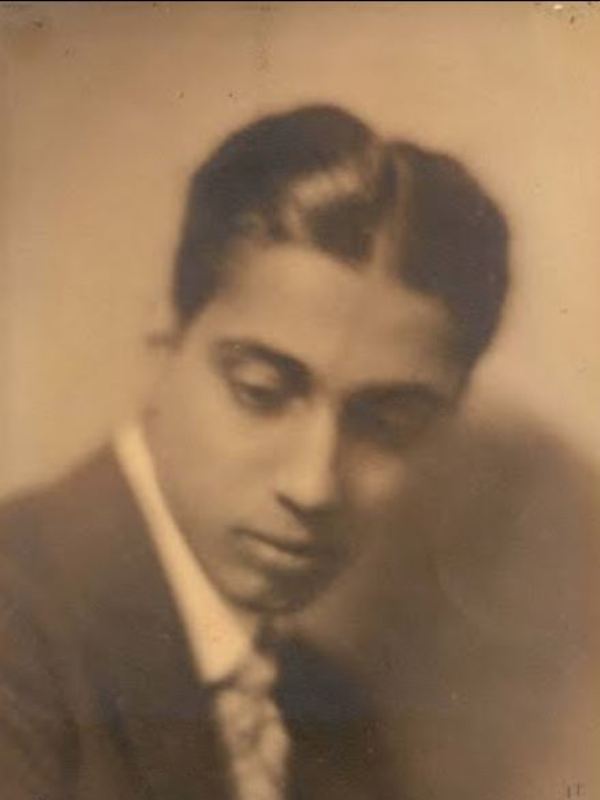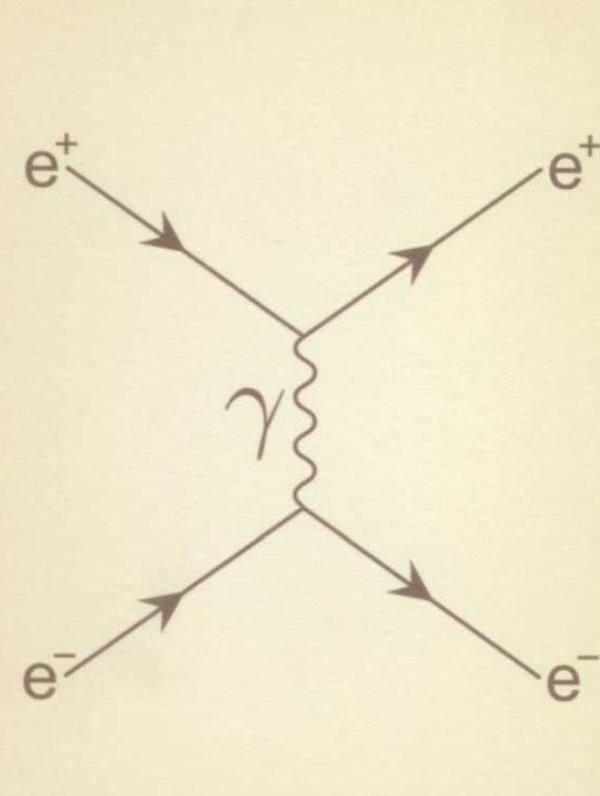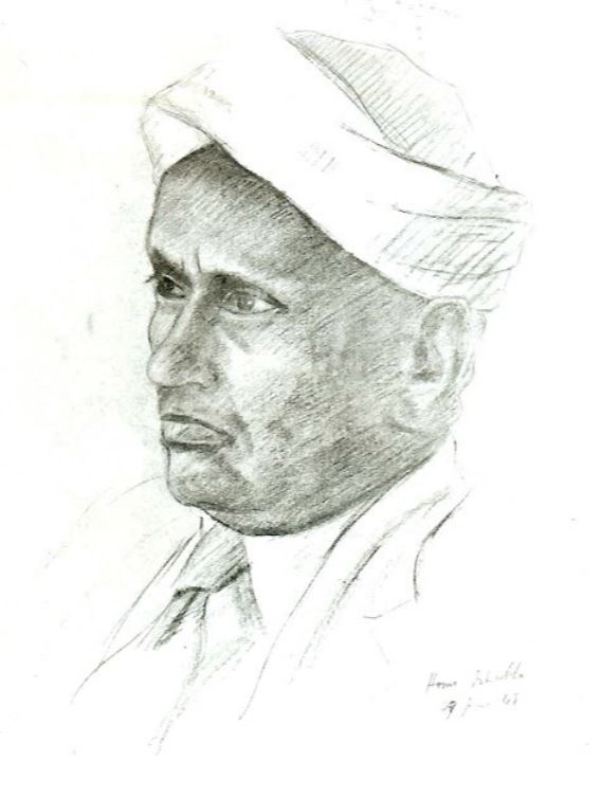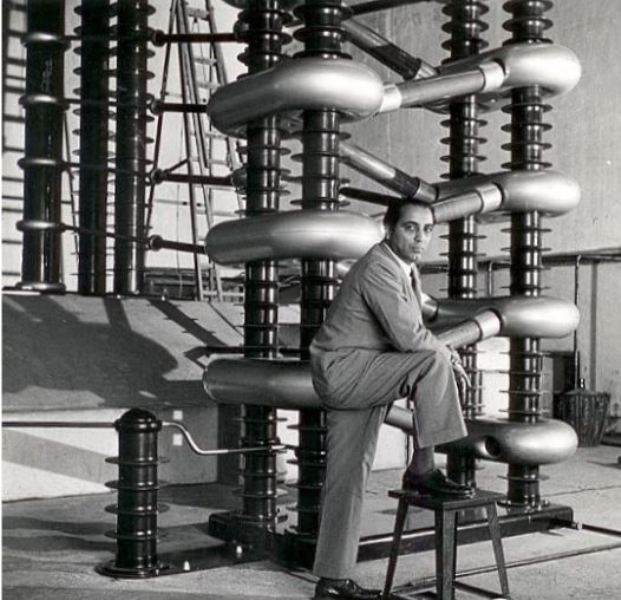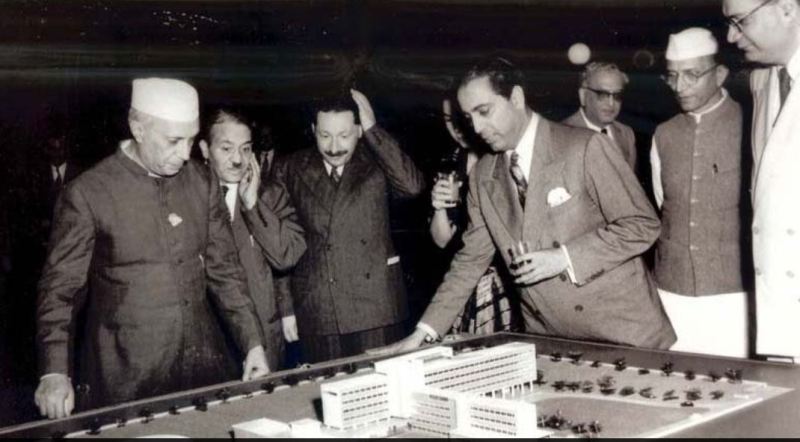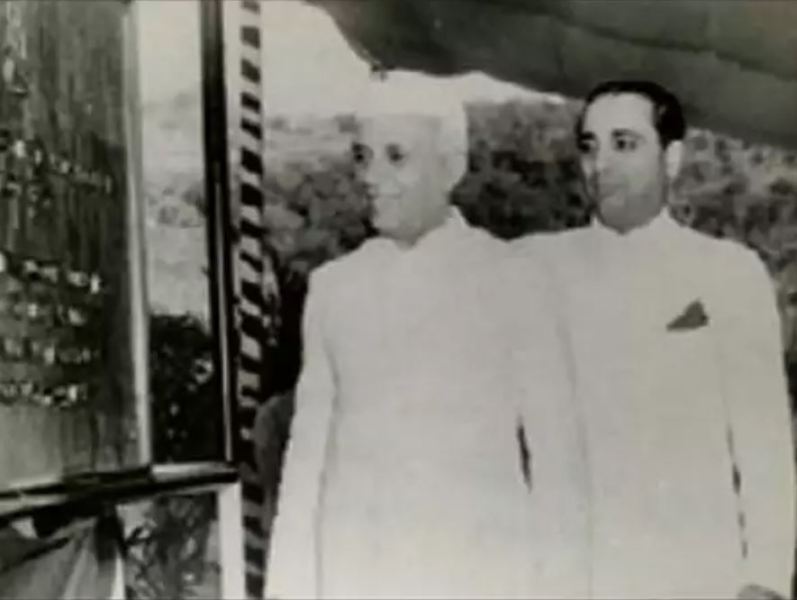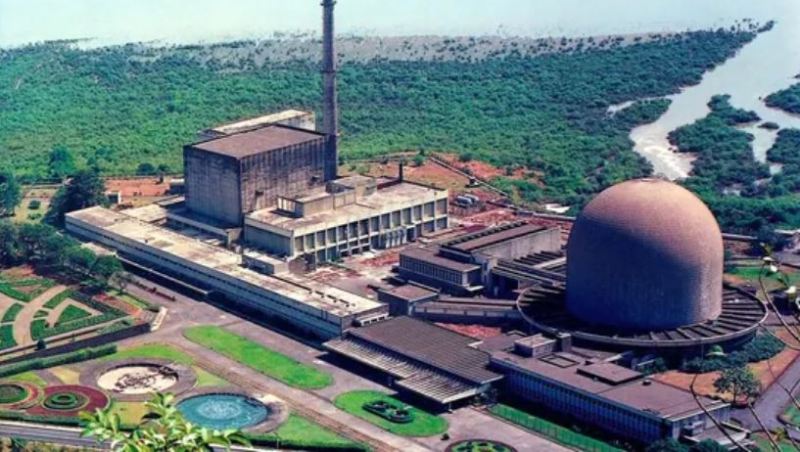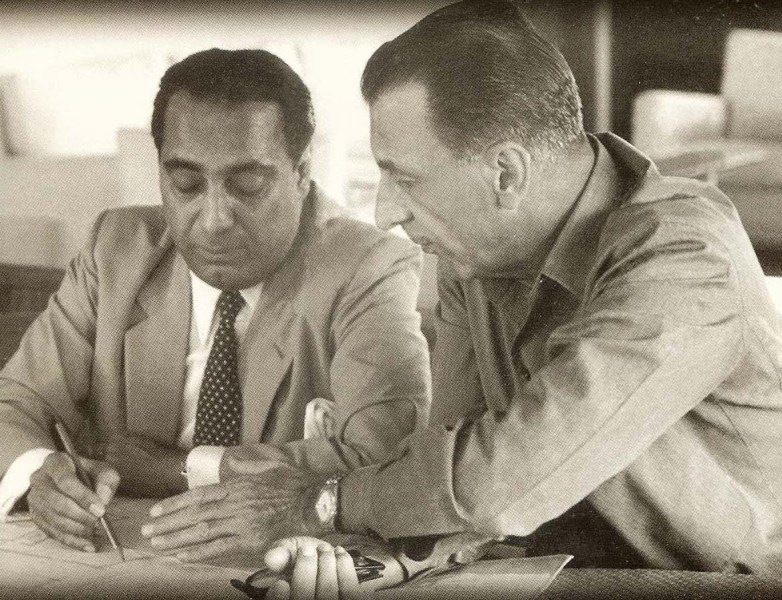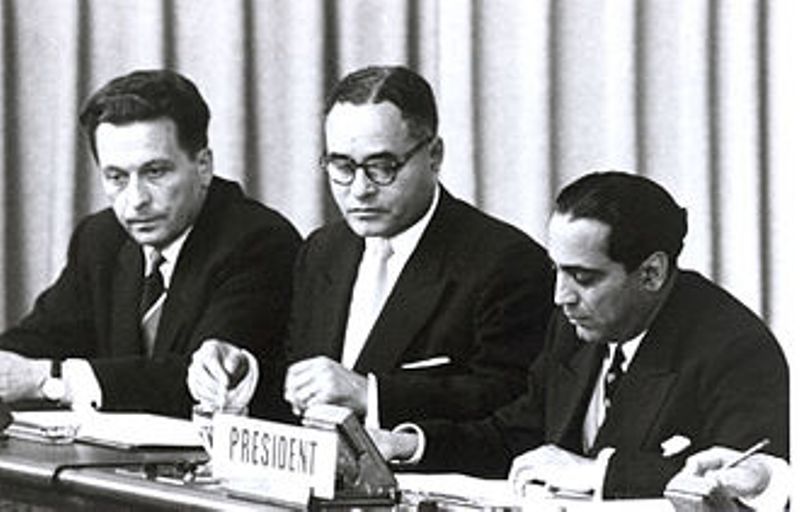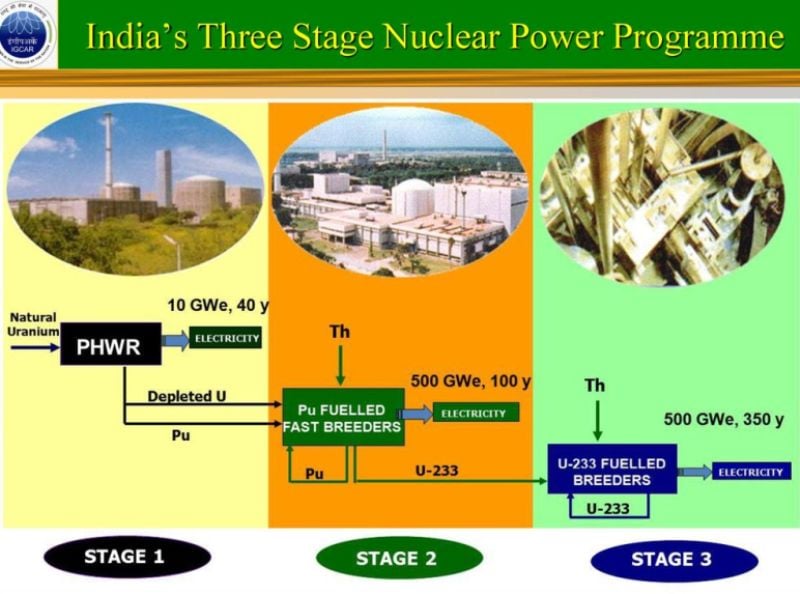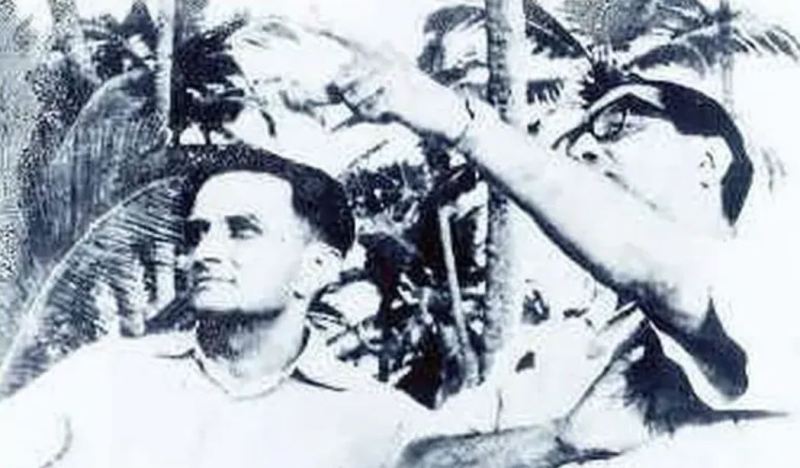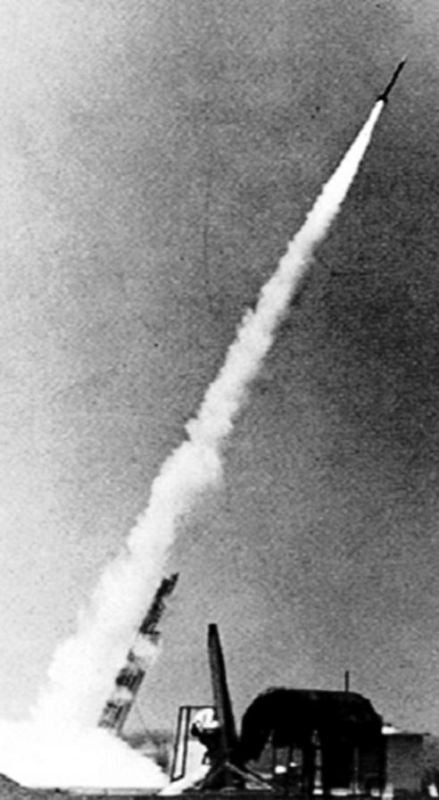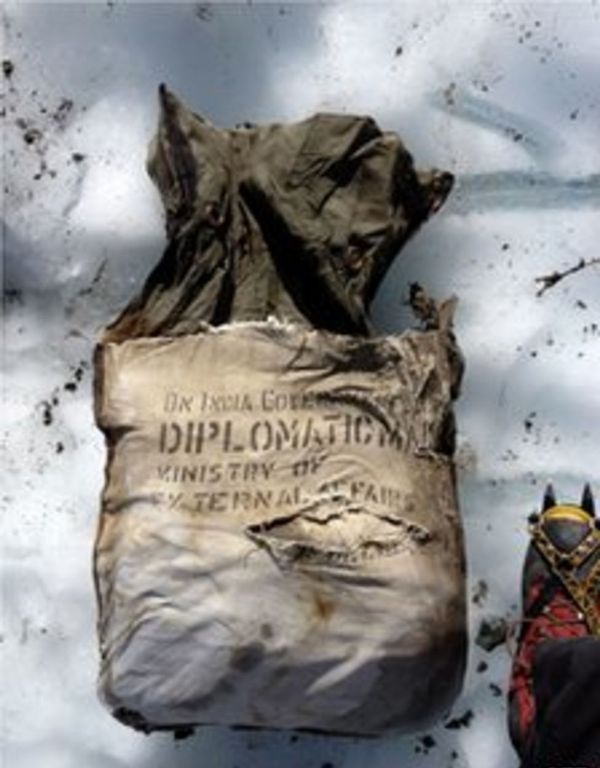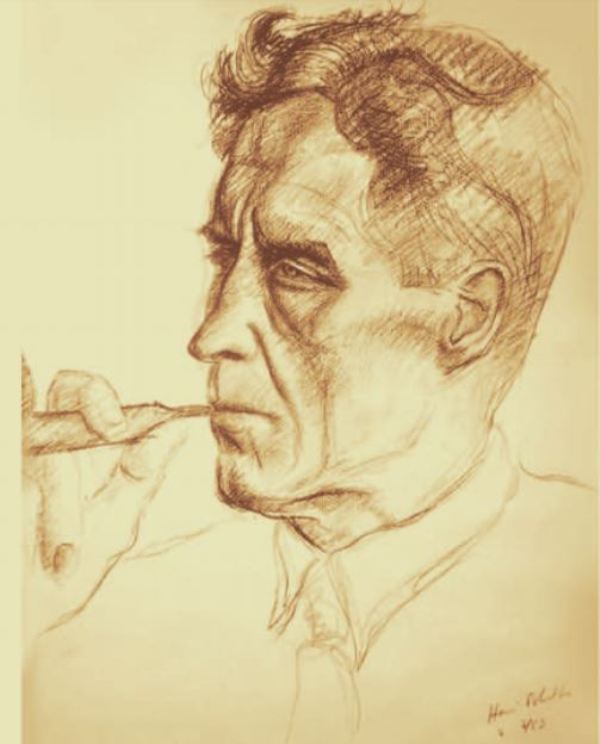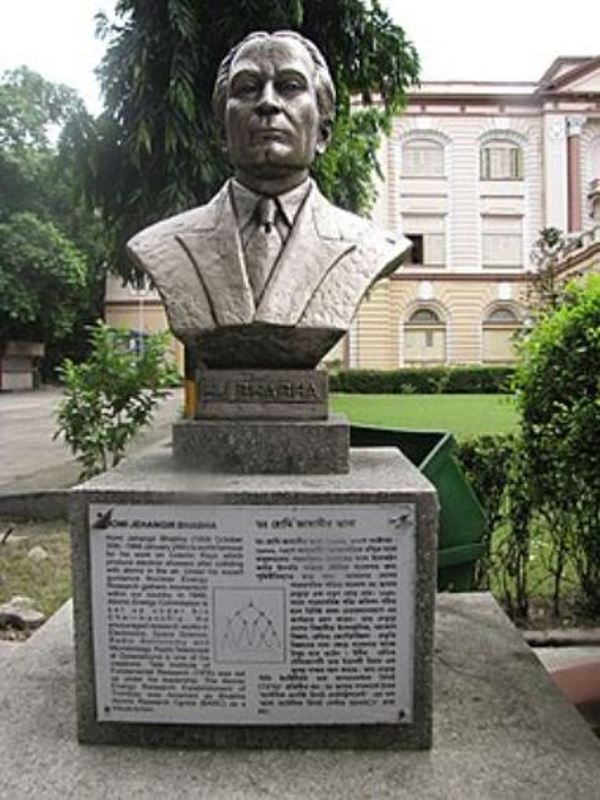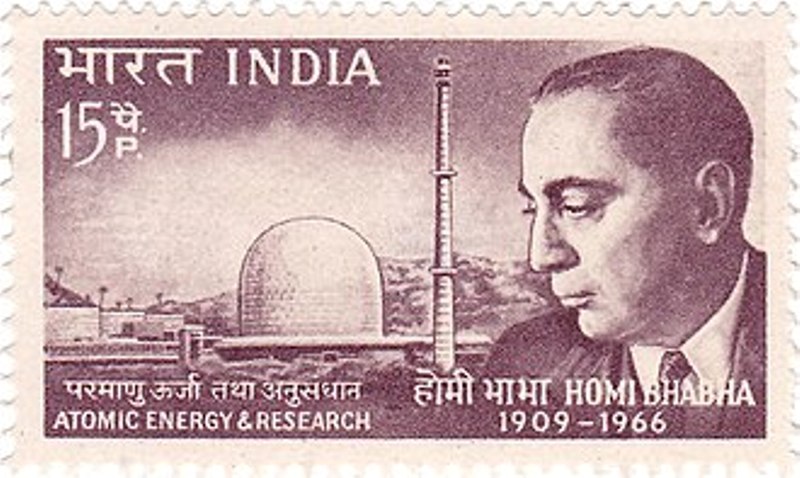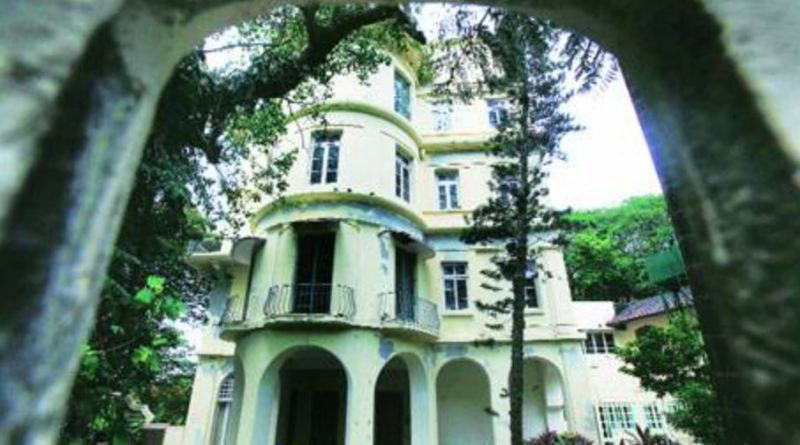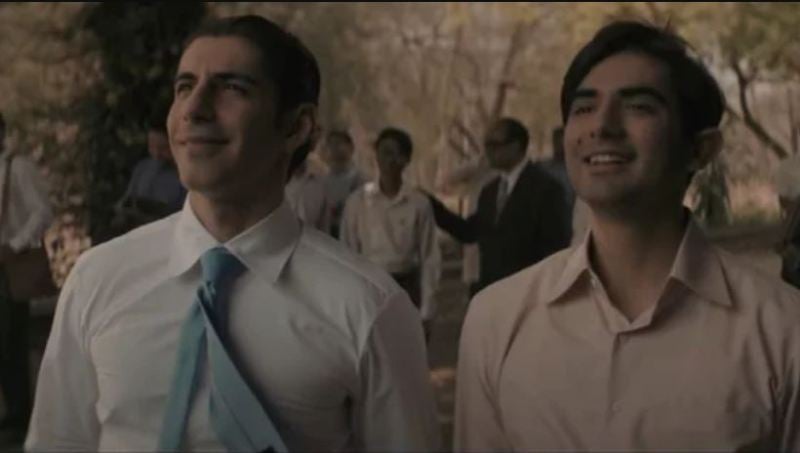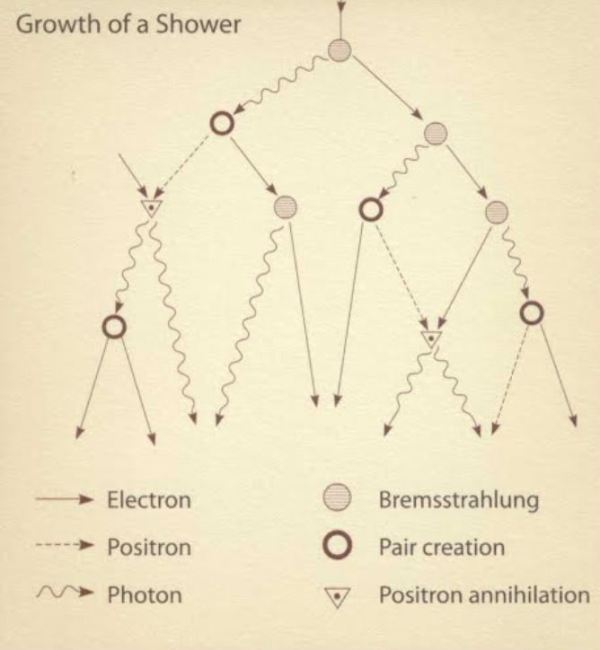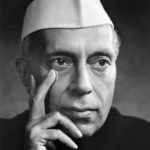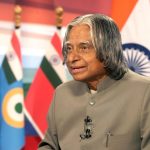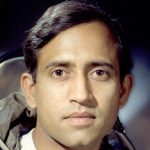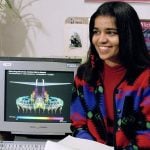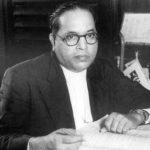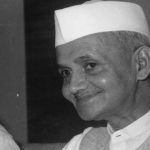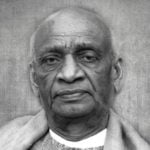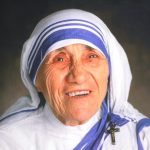Homi J. Bhabha Age, Death, Wife, Family, Biography & More
| Bio/Wiki | |
|---|---|
| Full name | Homi Jehangir Bhabha [1]Vigyan Prasar |
| Profession | Nuclear Physicist |
| Known for | Being the Father of the Indian nuclear programme [2]The Better India |
| Physical Stats & More | |
| Eye Colour | Black |
| Hair Colour | Black |
| Career | |
| Positions Held | 1939: Reader at the Indian Institute of Science 1944: Cosmic Ray Research Unit 1944: Tata Institute of Fundamental Research (TIFR) 1948: The Atomic Energy Commission 1954: Chairperson of the Atomic Energy Establishment Trombay (AEET) and its department of Atomic Energy (DAE) 1955: President of the United Nations Conference on the Peaceful Uses of Atomic Energy in Geneva 1958: The Foreign Honorary Member of the American Academy of Arts and Sciences 1962: A member of the Indian Cabinet’s Scientific Advisory Committee |
| Awards, Honours, Achievements | • 1942: The Adams Prize • 1954: Padma Bhushan • 1951, 1953 to 1956: Nominated for the Physics Nobel Prize • Recipient of the Fellow of the Royal Society |
| Personal Life | |
| Date of Birth | 30 October 1909 (Saturday) |
| Birthplace | Bombay, Bombay Presidency, British India (present-day Mumbai, Maharashtra, India) |
| Date of Death | 24 January 1966 |
| Place of Death | Mont Blanc, Alps, France/Italy |
| Age (at the time of death) | 56 Years |
| Death Cause | Air India Flight 101 Crash near Mont Blanc [3]TFI Post |
| Zodiac sign | Scorpio |
| Nationality | Indian |
| Hometown | Bombay, Bombay Presidency, British India |
| School | Bombay’s Cathedral and John Connon School |
| College/University | • Elphinstone College, Mumbai, Maharashtra • Royal Institute of Science, Great Britain • Caius College of Cambridge University, England |
| Educational Qualification(s) [4]TFI Post | • He passed Senior Cambridge Examination with Honours from Elphinstone College at the age of 15. • In 1927, he attended Royal Institute of Science. • Later, He pursued a Bachelor of Science at Caius College of Cambridge University. 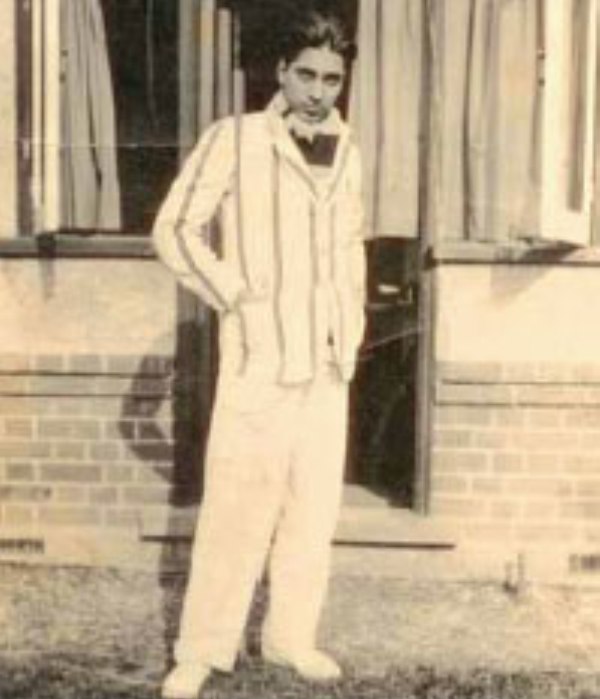 • In 1933, he earned a doctorate degree in nuclear physics at Cambridge University. 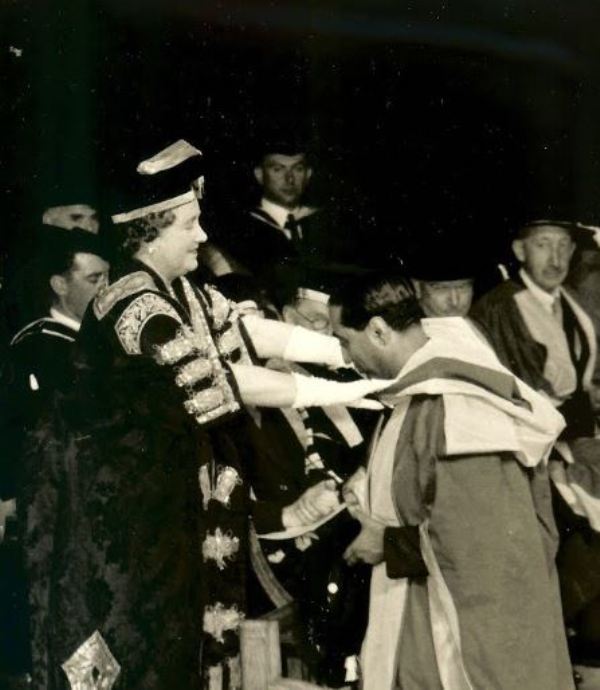 |
| Ethnicity | Parsi [5]TFI Post |
| Relationships & More | |
| Marital Status (at the time of death) | Unmarried |
| Family | |
| Wife | N/A |
| Parents | Father- Jehangir Hormusji Bhabha (lawyer) Mother- Meherbai Bhabha (the granddaughter of philanthropist Sir Dinshaw Petit) 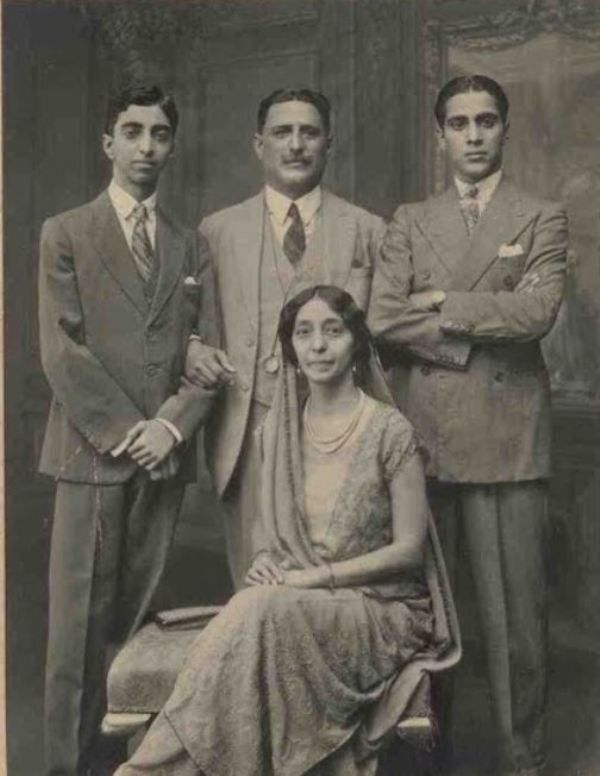 |
| Siblings | Brother- Jamshed Bhabha (founder and lifelong chairman of the National Centre for the Performing Arts (NCPA) at Nariman Point) |
Some Lesser Known Facts About Homi J. Bhabha
- Homi J. Bhabha was an Indian nuclear physicist. He was the founding director and professor of physics at the Tata Institute of Fundamental Research (TIFR) in Mumbai, Maharashtra. He is acknowledged as the “Father of the Indian nuclear programme.” He is also the founding director of the Atomic Energy Establishment, Trombay (AEET), which was renamed after his death ‘the Bhabha Atomic Research Centre.’ These two scientific institutions founded by Homi Bhabha are crucial institutes for the development of nuclear weapons in India. In 1942, he was honoured with the Adams Prize, and in 1954, he was awarded Padma Bhushan. In 1951, and from 1953 to 1956, Homi Bhabha was nominated for the Physics Nobel Prize. He was the recipient of the Fellow of the Royal Society.
- Homi’s father, Jehangir Hormusji Bhabha, was raised in Bangalore and attained his law education in England. Soon after completing his law degree, he returned to India, where he started practising law at Mysore under the judicial service of the state. Soon, he married Meherbai, and the couple moved to Bombay, where Homi spent his childhood. Homi was named after his paternal grandfather Hormusji Bhabha. Hormusji was the inspector General of Education in Mysore. The paternal aunt of Homi, Meherbai, was married to Dorab Tata. He was the elder son of Jamsetji Nusserwanji Tata.
- Homi’s father and uncle wanted him to be an engineer so that he could join Tata Iron and Steel Company in Jamshedpur, but at Cambridge University, he developed a keen interest in theoretical physics. He wrote a letter to his father and explained his interest in studies. He wrote,
I seriously say to you that business or job as an engineer is not the thing for me. It is totally foreign to my nature and radically opposed to my temperament and opinions. Physics is my line. I know I shall do great things here. For, each man can do best and excel in only that thing of which he is passionately fond, in which he believes, as I do, that he has the ability to do it, that he is in fact born and destined to do it… I am burning with a desire to do physics. I will and must do it sometime. It is my only ambition.”
He further added,
I am burning with a desire to do physics. I will and must do it some time. It is my only ambition. I have no desire to be a successful man or the head of a big firm. There are intelligent people who like that and let them do it.”
- In 1930, Bhabha passed the Mechanical Sciences Tripos exam with first-class on the motivation of his parents and because of his love for science. Bhabha was preparing for his PhD degree in theoretical physics when he started working at the Cavendish Laboratory. During that time, in this laboratory, an uncountable number of scientific researches were discovered by James Chadwick. Bhabha earned the Salomons Studentship in Engineering for the academic year 1931-1932. In 1932, he earned the Rouse Ball Travelling Studentship in mathematics after obtaining the first class in his Mathematical Tripos. It was Bhabha’s passion of life to conduct experiments on particles that released radiations. Consequently, his experiments and research in physics brought great laurels to India that attracted other notable Indian physicists like Piara Singh Gill to switch their fields to nuclear physics.
- The first scientific paper published by Homi Bhabha was “The Absorption of Cosmic radiation” before receiving his doctorate degree in nuclear physics in January 1933.
- In 1934, Bhabha earned the Isaac Newton Studentship for three years through his doctorate scientific paper. He completed his doctoral studies under the guidance of Ralph H. Fowler in 1935. During his doctorate studies, he also worked at Cambridge and with Niels Bohr in Copenhagen.
- In 1935, Homi Bhabha published a paper titled the Proceedings of the Royal Society, Series A. In this paper, he showed the calculations to find out the cross-section of electron-positron scattering. Later, this ‘Electron-positron scattering’ was renamed Bhabha scattering to honour Bhabha for his contributions to nuclear physics. In 1936, Bhabha wrote a paper titled “The Passage of Fast Electrons and the Theory of Cosmic Showers” along with Walter Heitler in the continuation of his last paper named Proceedings of the Royal Society, Series A. Later, Bhabha and Heitler worked together and made various numerical estimates and calculations. These included,
Numerical estimates of the number of electrons in the cascade process at different altitudes for different electron initiation energies. The calculations agreed with the experimental observations of cosmic ray showers made by Bruno Rossi and Pierre Victor Auger a few years before.”
- Later, it was discovered by Homi Bhabha during his experimental observations and studies that such particles were the experimental verification of Albert Einstein’s theory of relativity. In 1937, Bhabha was honoured with the Senior Studentship of the 1851 exhibition. This studentship helped Bhabha work at the University of Cambridge till World Wat II that outbroke in 1939.
- At the beginning of World War II in 1939, Bhabha returned to India. In India, he started working as the Reader at the Physics Department of the Indian Institute of Science, which was headed by the notable physicist of India named C. V. Raman. During his stay in India, he prompted various notable Congress party leaders specifically Pandit Jawaharlal Nehru, who later became the first prime minister of India, to start nuclear programmes in India. Homi Bhabha wrote a letter to the first Prime Minister of India and explained to him the need of establishing a nuclear power station in India. He wrote,
The development of atomic energy should be entrusted to a very small and high powered body composed of say, three people with executive power, and answerable directly to the Prime Minister without any intervening link. For brevity, this body may be referred as the Atomic Energy Commission.”
- Bhabha was elected as the Fellow of the Royal Society on 20 March 1942.
- In March 1944, Bhabha wrote a letter to Sir Dorabji Tata Trust when he was working at the Indian Institute of Science. In this letter, Bhabha wrote that there were no necessary facilities available in Indian institutes in the field of nuclear physics, cosmic rays, high energy physics, and other branches of physics, and a specific institute for fundamental research in physics was needed to be established. Later, the Tata Trust decided to accept the proposal of Bhabha and took the financial responsibility of establishing a core nuclear physics institute in 1944.
This proposed institute was decided to be established in Bombay as the government of Bombay agreed to become the joint founder of the institute. In 1945, the institute was named Tata Institute of Fundamental Research (TIFR) was inaugurated in an existing building.
In 1948, this institute was shifted to the old buildings of the Royal Yacht Club. However, Bhabha later realised that this building was not enough for conducting nuclear experiments, he then urged the government to establish a new building that was entirely devoted to this purpose. Thus, in 1954, the Atomic Energy Establishment Trombay (AEET) began functioning at Trombay. The Department of Atomic Energy (DAE) was also started in the same year.
- In 1944, Homi Bhabha established the Cosmic Ray Research Unit after receiving a special research grant from the Sir Dorab Tata Trust. This research centre helped Homi Bhabha work independently on nuclear weapons and the theory of point particles movement. At the institute, Bhabha’s students, who assisted him in various physics experiments, were Harish-Chandra. In 1945, the Tata Institute of Fundamental Research in Mumbai was founded by Homi Bhabha with the help of J. R. D. Tata, and in 1948, he placed the Atomic Energy Commission and started working as its first chairperson.
- In 1948, Jawaharlal Nehru appointed Homi J. Bhabha as the head of the Indian nuclear program and granted him permission to develop nuclear weapons. The IAEA conferences that were organised in the 1950s in Geneva were attended by Bhabha while representing India. In 1955, he also served as the president of the United Nations Conference on the Peaceful Uses of Atomic Energy in Geneva, Switzerland and also represented India in various International Atomic Energy forums.
- In 1958, he was elected as the Foreign Honorary Member of the American Academy of Arts and Sciences. Homi Bhabha is credited for India’s three stages nuclear power programme. This programme that was paraphrased by Homi J. Bhabha was:
The total reserves of thorium in India amount to over 500,000 tons in the readily extractable form, while the known reserves of uranium are less than a tenth of this. The aim of long range atomic power programme in India must therefore be to base the nuclear power generation as soon as possible on thorium rather than uranium… The first generation of atomic power stations based on natural uranium can only be used to start off an atomic power programme… The plutonium produced by the first generation power stations can be used in a second generation of power stations designed to produce electric power and convert thorium into U-233, or depleted uranium into more plutonium with breeding gain… The second generation of power stations may be regarded as an intermediate step for the breeder power stations of the third generation all of which would produce more U-238 than they burn in the course of producing power.”
- Soon after the China – India war in 1962, Bhabha put his emphasis on the development of nuclear weapons. Meanwhile, he was internationally praised for his experiments and calculations for the probability of scattering positrons by electrons, which is also known as the Bhabha scattering. During this time, Bhabha majorly contributed to Compton scattering and R-process. In 1954, Homi J. Bhabha was honoured with the Padma Bhushan by the government of India. Later, he contributed to setting up the Indian National Committee for Space Research with the help of Vikram Sarabhai while serving as a member of the Indian Cabinet’s Scientific Advisory Committee.
- In 1963, Homi Bhabha assisted Vikram Sarabhai in launching and setting up the first Indian Rocket station at Thumba in Thiruvananthapuram named Thumba Equatorial Rocket Launching Station (TERLS). Its first rocket flight was launched in 1963. Later, Vikram Sarabhai also helped Homi J. Bhabha in setting up a scientific centre at IIM Ahmedabad.
- In 1965, Homi made an announcement on All India Radio that shocked the whole world. He said that he could make a nuclear bomb in eighteen months if he was granted permission by the Government of India. He also believed in the launching of peaceful nuclear energy programmes that would help the fields of energy, agriculture and medicine.
- In 1966, Homi J. Bhabha died in a plane crash in Mont Blanc when he was on his way to attend a meeting of the International Atomic Energy Agency’s Scientific Advisory Committee at Vienna, Austria. The main reason behind the aeroplane crash was the misunderstanding between the Geneva Airport and the pilot about the position of the plane that led to its strike with a mountain.
- There were several theories rumoured after his plane crash that it was an intentional murder of Bhabha to paralyse the nuclear programme of India. The involvement of the Central Intelligence Agency (CIA) [6]News 18, the recovery of Indian diplomatic bag near the aeroplane crash site in 2012 [7]BBC. A book titled ‘Conversations with the Crow’ written by Gregory Douglas claimed that the CIA was responsible for the killing of Homi Bhabha as there was a bomb placed in the cargo section of the plane. [8]The Times of India
- The Atomic energy Establishment at Mumbai was renamed the Bhabha Atomic Research Centre (BARC) after his name to honour his contribution to science and engineering. Apart from being a physics scientist and a botanist, Bhabha was also a painter, classical music, and opera lover.
- Homi J. Bhabha was one of the prominent Indian scientists who encouraged research in electronics, space science, radio astronomy, and microbiology. A statue of Homi J Bhabha is established at Birla Industrial & Technological Museum, Kolkata.
- The radio telescope in Ooty was Bhabha’s dream project which became a reality in 1970. In 1966, a stamp was released by the government of India in the name of Homi J. Bhabha to honour his contributions to science and engineering.
- Since 1967, a council named Homi Bhabha Fellowship Council has been granting scholarships in the name of Homi J. Bhabha Fellowships to its students. The renowned engineering and science Indian institutes including the Homi Bhabha National Institute, an Indian deemed university, and the Homi J. Bhabha Centre for Science Education, Mumbai, India are named after him. Bhabha lived most of his life at Mehrangir, a bungalow at Malabar Hill, which was inherited by his brother Jamshed Bhabha after the death of Homi Bhabha. Later, Jamshed donated this property to the National Centre for the Performing Arts that in 2014, auctioned the property for Rs 372 crores for the maintenance and development of the nuclear centre.
- In July 2008, a telephonic conversation was released by TBRNews.org. news media that pointed to the conspiracy of Homi’s planned killing. The conversation was,
We had trouble, you know, with India back in the 60’s when they got uppity and started work on an atomic bomb…the thing is, they were getting into bed with the Russians.’’
Referring to Homi J. Bhabha, the person in the conversation said,
That one was dangerous, believe me. He had an unfortunate accident. He was flying to Vienna to stir up more trouble when his Boeing 707 had a bomb go off in the cargo hold….’’
- In 2021, Rocket Boys, a web series was released on the SonyLiv Channel, which was based on the lives of Homi J. Bhabha and Vikram Sarabhai. Jim Sarbh and Ishwak Singh portrayed Homi J. Bhabha and Vikram Sarabhai respectively in the web series.
- The ‘meson’ particles were first predicted by Homi J. Bhabha which was later discovered by Neddermeyer and Anderson which was renamed as ‘muon.’
Bhabha is a great lover of music, a gifted artist, a bril-liant engineer and an outstanding scientist. He is the modern equivalent of Leonardo da Vinci.
— Sir C V Raman at the Annual Meeting of the Indian Academy of Science, Nagpur, 1941
References/Sources:

